Advance Your Career
Gain the necessary skills and certifications to thrive in high-performing Agile environments and unlock new opportunities.
Whether you're starting fresh or scaling up, our courses provide a clear path to mastering Agile and Scrum methodologies.
Explore Our CoursesGo beyond theory with practical skills that deliver real-world results.
Gain the necessary skills and certifications to thrive in high-performing Agile environments and unlock new opportunities.
Learn to streamline processes, improve collaboration, and lead your team to accelerate product delivery and customer satisfaction.
Master techniques to proactively identify risks, manage requirements effectively, and align your team with a clear, shared vision.

Scrum Master | Product Owner | Instructor
After spending over 20 years in IT, with a decade dedicated to Agile and Scrum methodologies, Dejan Majkic emerges as a trailblazer in product development. He has aided thousands of students worldwide, leveraging his expertise to assist them in entering the tech industry, obtaining certifications, excelling in interviews, and securing well-paid positions.
Dejan helps individuals, teams, and organizations accelerate product development and delivery through expert Scrum implementation. His clients typically see a 30-50% boost in productivity and a 20-40% improvement in product quality, achieving in weeks what used to take months.
"While others focus on basic Agile practices, I transform business cultures to deliver market-leading results at unprecedented speeds."
Real success stories from professionals who transformed their careers with our courses.
"Hi Dejan, here Pablo Sentis from Spain. Thanks for your great work with this course, and in my understanding it should be mandatory in most organizations."
"As someone who is already A-CSM qualified I have seen a lot of Agile and Scrum Courses over the years. This is a wholly encompassing course that would help anyone looking to move into the SCRUM or Delivery Management areas or indeed look to improve the quality of your teams."
"The course was simplified & to the point. I liked the way you presented it and explained it with the help of relevant examples. This shows a lot of effort is put into creating this course for beginners like me."

Dive deeper into the world of Agile and Scrum with our comprehensive blog. Get the latest insights, best practices, real-world case studies, and expert tips to accelerate your professional growth.
From beginner guides to advanced strategies, our blog covers everything you need to master Agile methodologies and boost your career in tech.
Visit Our Blog💡 These courses are carefully ordered in the exact sequence I recommend for beginners starting their Agile and Scrum journey.
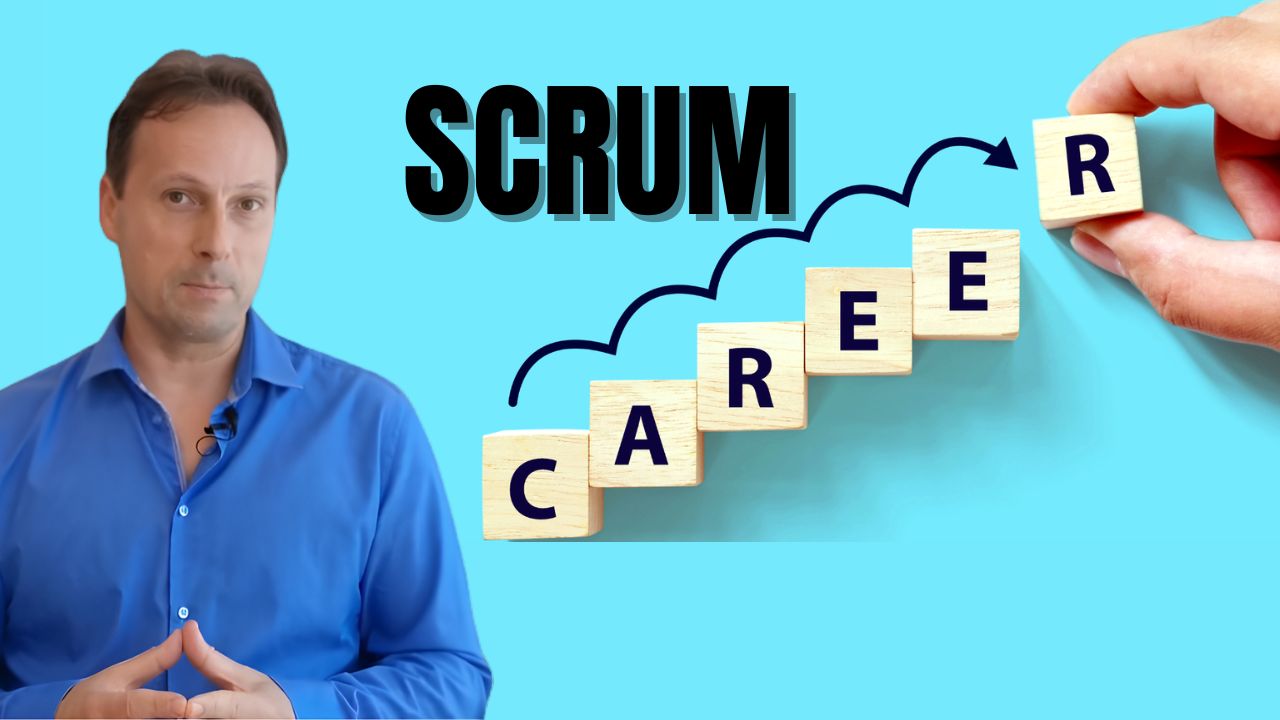
Discover if a Scrum career is right for you and which role aligns with your strengths and aspirations.
Start Learning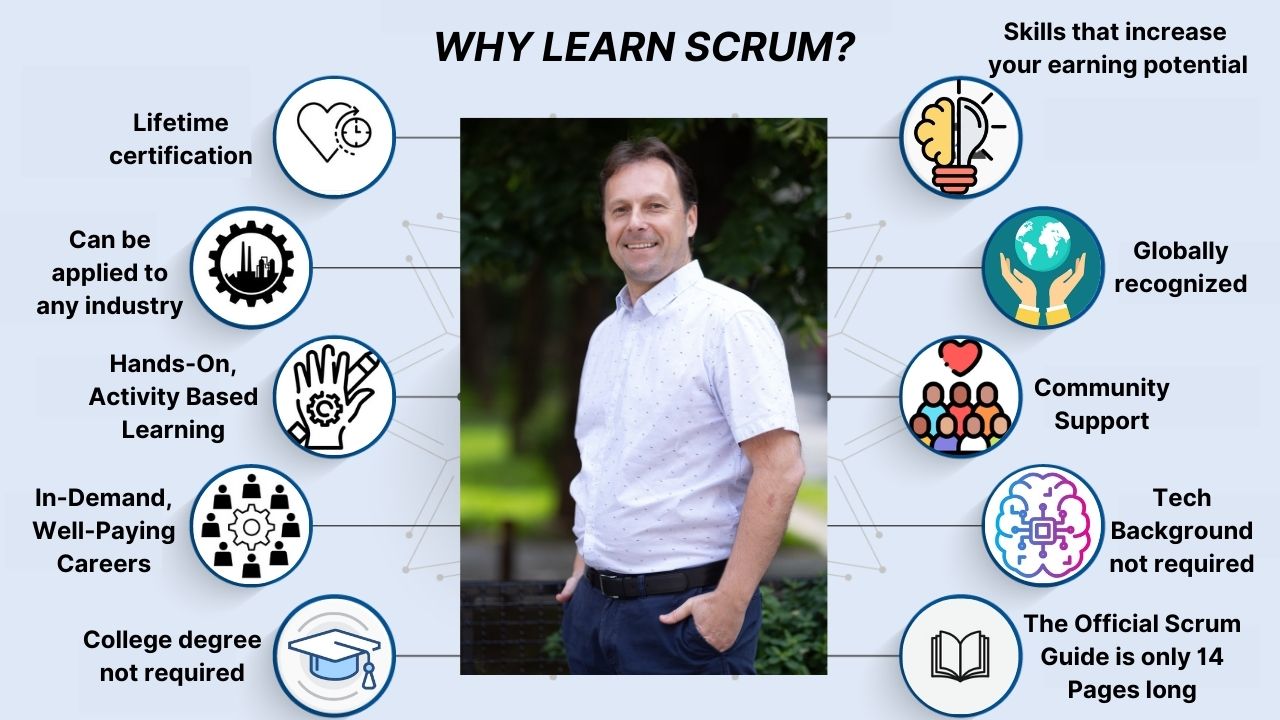
Struggling to break into tech? Master in-demand Agile & Scrum skills with zero experience, join a global community and earn certifications that unlock $100k+ roles—proven by 1,100+ success stories.
Start Learning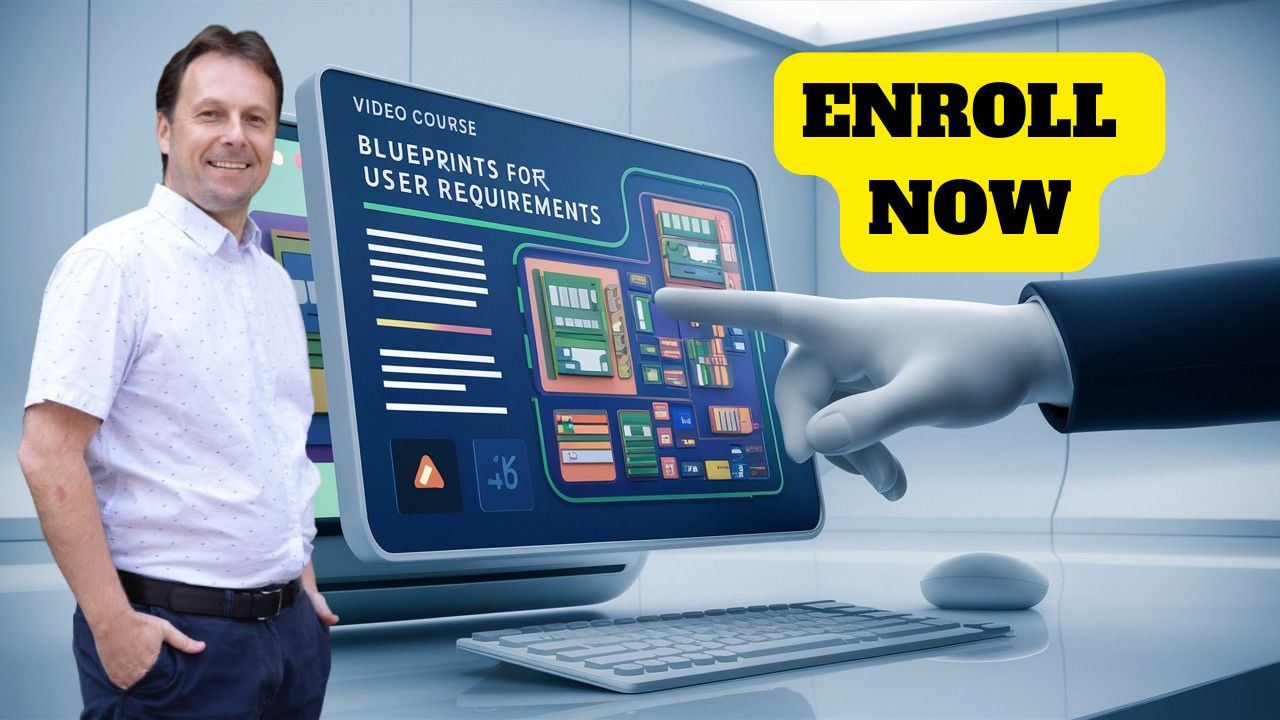
Effectively gather, analyze, and prioritize user needs to enhance product development.
Start Learning
Gain a comprehensive understanding of software testing principles to contribute to high-quality products.
Start Learning
Learn techniques to proactively identify, assess, and mitigate risks to ensure project success.
Start Learning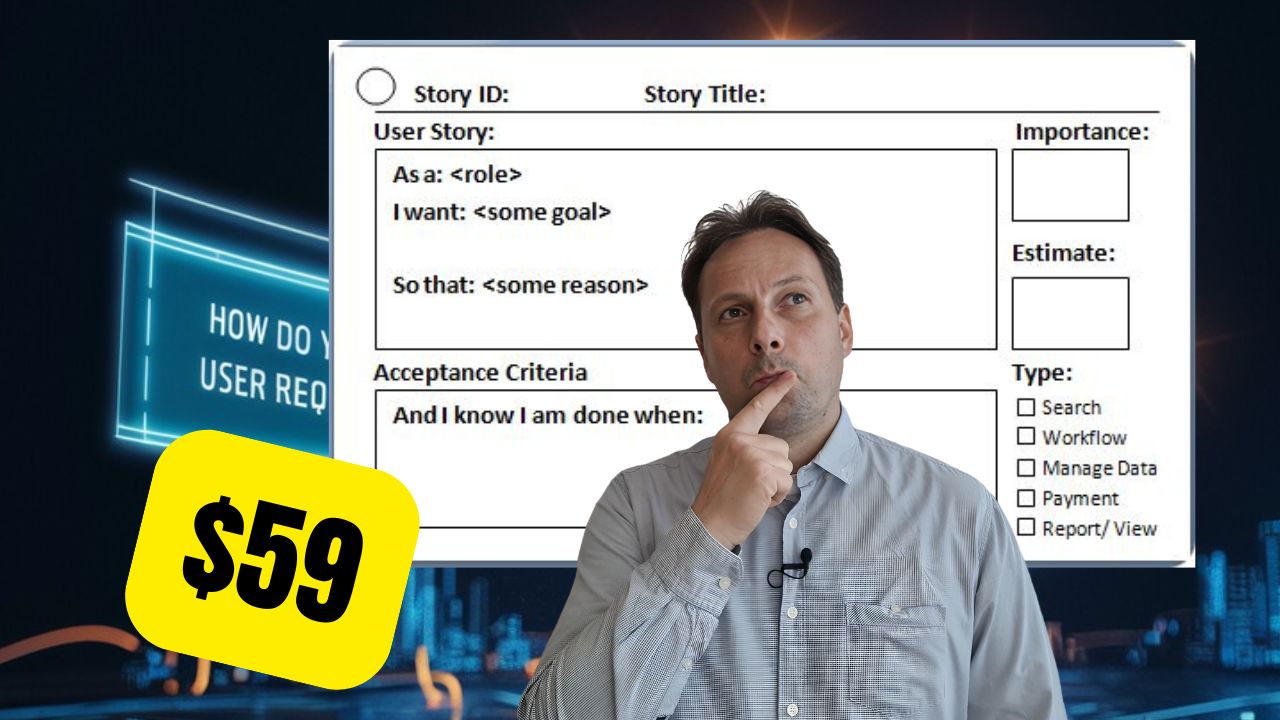
Effectively write and split user stories that align with business objectives and drive product success.
Start Learning
Transform product vision into actionable goals for product development and sprint planning, ensuring team alignment and focus.
Start Learning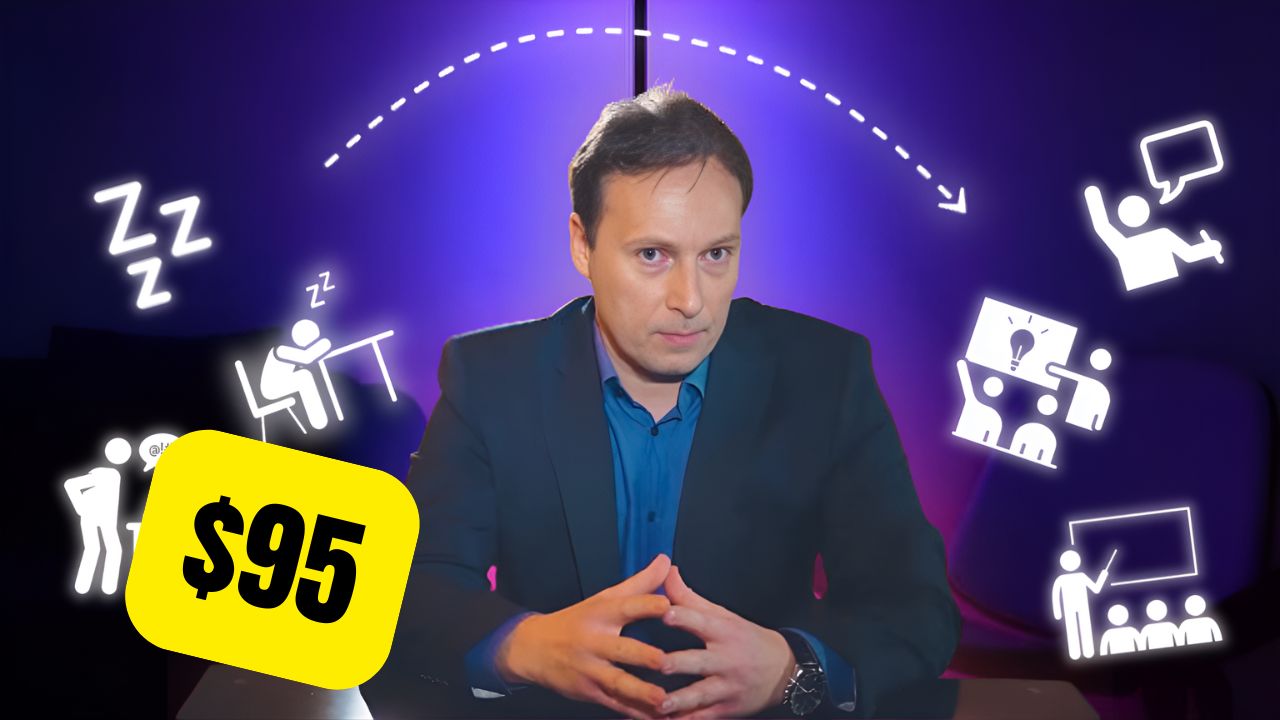
Reignite your lessons, create dynamic curriculums, and foster a thriving learning community.
Start Learning
Enhance team productivity, accelerate product delivery, and improve customer satisfaction.
Start Learning
Break barriers, elevate your leadership skills, and gain the confidence to scale your business.
Start Learning
Streamline HR processes, enhance team collaboration, and lead your organization's Agile transformation.
Start Learning
Dive into the world of digital marketing with our curated collection of resources. From engaging YouTube tutorials and bite-sized TikTok tips to in-depth email courses, we provide the insights you need to grow your online presence.
View CollectionWe believe in the quality and value of our courses. If you're not satisfied within the first 30 days, just let us know — we'll refund your purchase in full, no questions asked.
Once you enroll, you get lifetime access to all course materials, so you can learn at your own pace and revisit concepts anytime.
Yes! Each course is designed to guide you from the basics to more advanced topics, with clear explanations and practical examples.
Yes, upon 100% successful completion of each course, you'll receive a verifiable certificate that you can share on LinkedIn or add to your CV.
No special tools are required — just an internet connection and a web browser. All resources and templates are included where needed.
Simply click the "Start Learning" button under each course card. You'll see detailed information, including curriculum, target audience, outcomes, and student testimonials to help you decide.
Absolutely! Our courses are fully responsive and work seamlessly on all devices including smartphones, tablets, and desktop computers.
Yes, we offer special pricing for teams and organizations. Contact us directly to discuss bulk enrollment options and custom training solutions.
Every course comes with our 30-day money-back guarantee. If you're not satisfied within the first 30 days, we'll refund your purchase in full, no questions asked.
The person who will make it possible for our company to grow to three times its current size. The person who will optimize production so it can serve a much larger number of users. The person who isn't afraid of challenges and is ready to build a lasting system.
And you won't be doing it alone — I'll be right there with you.
Let's Build Together